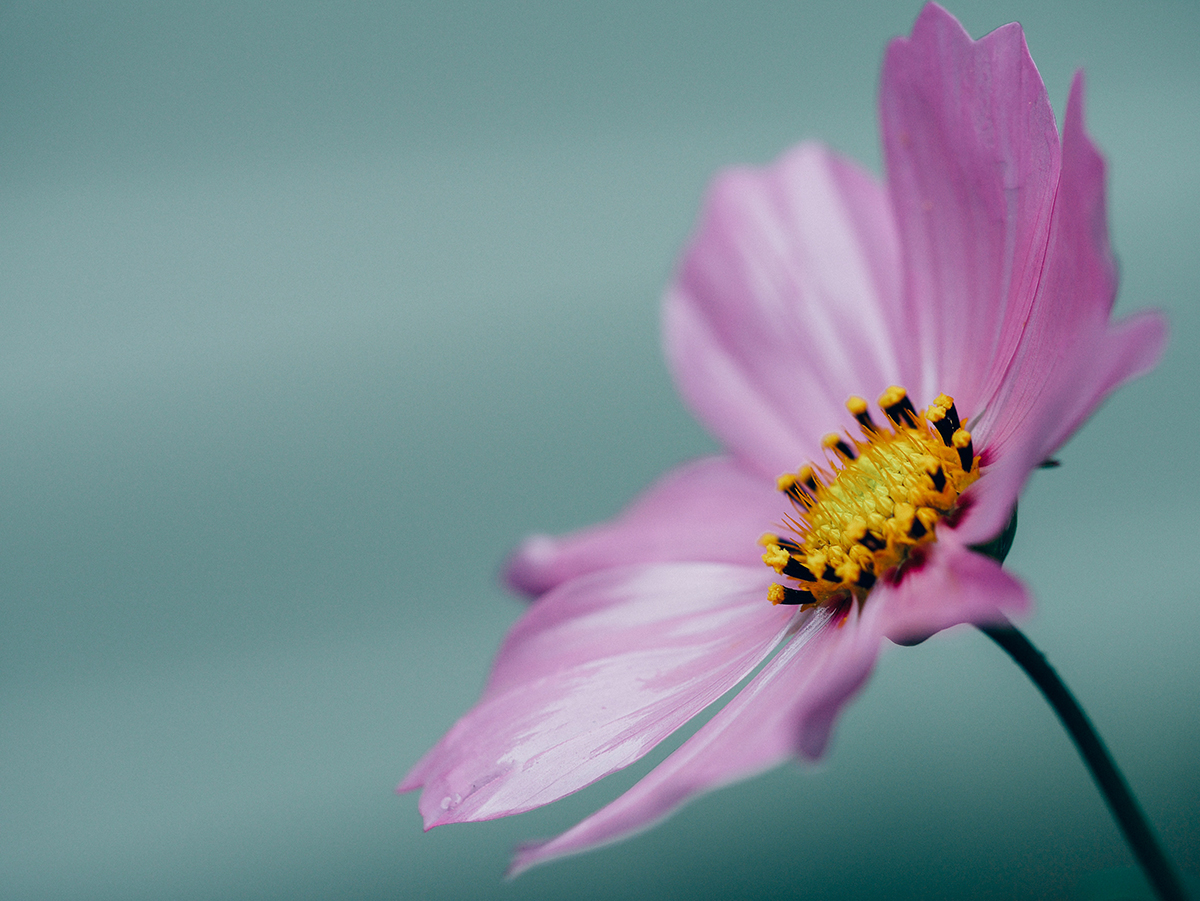Manipulating Flowering in the Grow Room Using Photoperiods
By Grubby cup

Takeaway: Plants that use the duration of their dark periods to signal flowering are said to be subject to photoperiodism and are classified as either ‘short day’ or ‘long day’ plants. Grubbycup explains how using this knowledge allows for plant growth manipulation.
In photoperiodistic plants, specialized photoreceptors called phytochromes keep track of how long the plants have been in the dark. Phytochromes switch back and forth between two states.
In one state, the phytochrome is sensitive to red light (Pr), and in the other, it is sensitive to far-red light (Pfr). In the case of short-day plants, far-red light absorbing phytochromes will slowly switch to being sensitive to red light when in darkness.
The ratio of Pr: Pfr will indicate how long the plant has been in the dark. If a lot of the far-red light has converted into red light, then the plant has been in uninterrupted darkness for a long time and will trigger flower development if it is a short day plant.
These changed phytochromes will revert back to the far red light state in the presence of light. While the conversion of far red light to red light in darkness takes many hours, the switch back from red light to far red light happens in a matter of minutes.
Even a brief interruption of the dark period is all that is needed to raise far red light levels high enough to interrupt the flower trigger in long night plants.
Outdoors vs. Indoors
When using the natural outdoor seasons without artificial lighting, there is little effective difference between thinking ‘short day’ and ‘long night’. In outdoor gardens, spring, fall, and winter all have longer nights than the short nights of summer.
Short day/long night plants bulk up during the growth stage during summer, until the longer nights (not the shorter days) of fall trigger flowering. If these plants are set outside too early in the spring when the nights are still long, they can take the cue from the long nights to start flowering (in mild enough climates this can allow for a spring harvest as well).
Part of the reason for the importance of the solstices and equinoxes to outdoor gardens is the solstices mark the longest and shortest days (nights) of the year, and at the equinoxes day and night are approximately the same length (12 hours each).
Indoors, lighting schedules are at the pleasure of the gardener. To keep a short day (long night) plant in growth, timers can be set to allow only a few hours of darkness, or even none at all.
While the usual schedule for such plants includes a long-lit period, followed by zero to six hours of darkness, any combination of light and dark can be used as long as there isn’t a long (12-ish hour) continuous dark period.
It would even be possible to keep a short day plant in growth with only four hours of light a day (one out of every five hours), but the plants wouldn’t get very big on only four hours of light a day.
On the other side of the spectrum, 24 hours of light can be used, although any dissipation problems can be exacerbated by leaving the lights on continuously. Eighteen hours of light is a commonly used compromise.
Electric timers can be helpful in turning off lights (and back on again) at the appropriate times since remembering to do it every day by hand can be tedious and prone to errors, though either method will work if done with regularity.
Greenhouses
Greenhouses can use a similar tactic with the use of blackout covers. Nights are artificially lengthened by using an opaque cover to block the sun for enough additional hours to cause flowering.
Read More: The Basics of Light Deprivation Cultivation
By triggering flowering earlier, harvests may be moved earlier in the season, potentially avoiding harsh fall weather and allowing for flowering under the brighter summer sun.
Conversely, artificial lights in an otherwise naturally lighted greenhouse can be used to break up the long nights to maintain vegetative growth during the otherwise flower inducing fall, winter, and spring months.
Understanding the rules under which photoperiod-dependent plants flower can allow a gardener to customize lighting schedules to fit a given need while still maintaining control of the timing of flowering.



